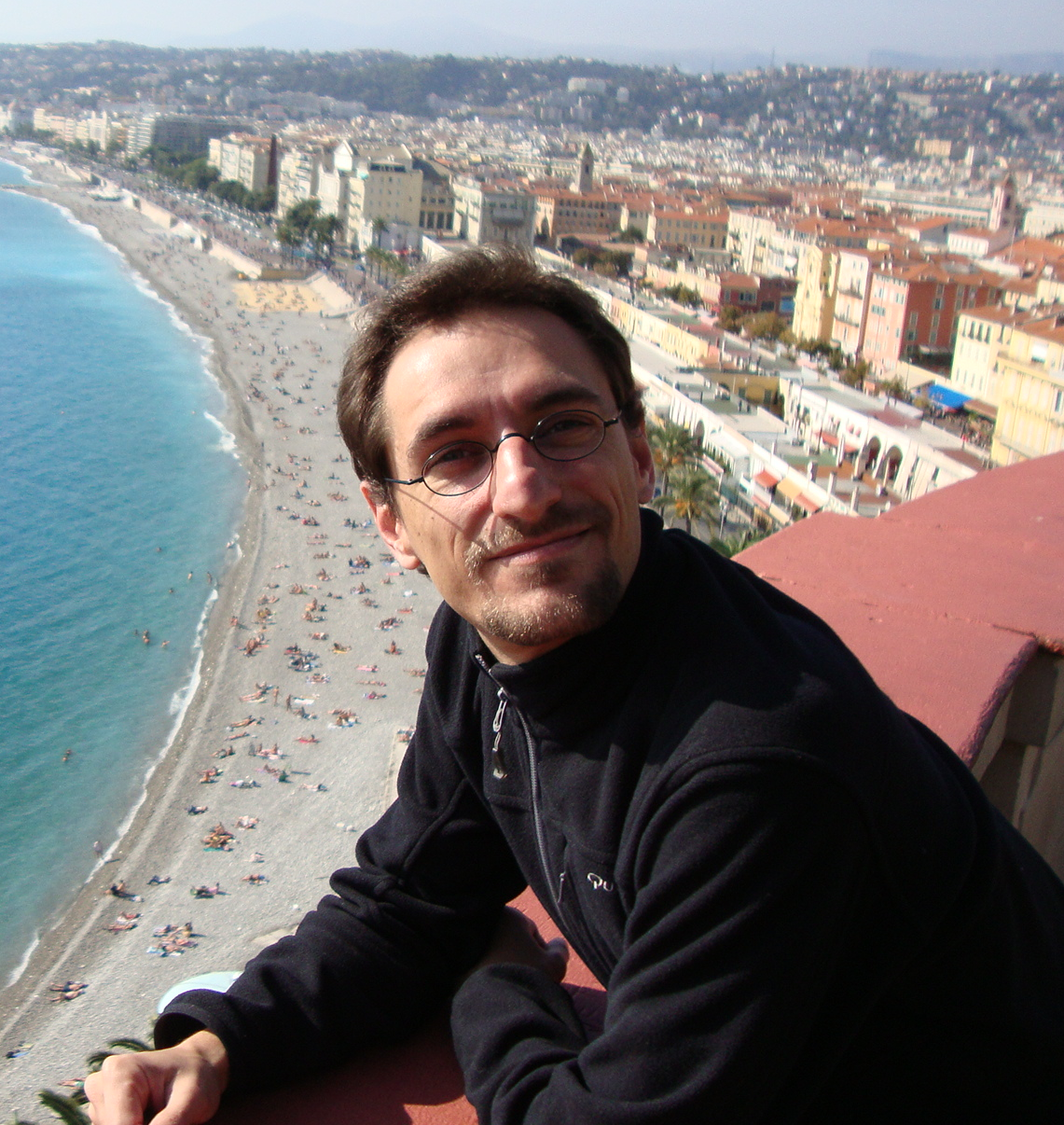

Fernando Peruani
Fernando Peruani is full professor at Paris Cergy University since 2020. He studied physics at the University of Buenos Aires, Argentina, and moved to the Max Planck Institute for the Physics Complex Systems, Germany, to pursue a PhD that he obtained in 2008. After three years of postdocs, he obtained in 2011 an assistant professor position at Côte d'Azur University, France, where he established a small research group on complex biological systems. He obtained from the same university his Habilitation in 2018. His research focuses on a highly interdisciplinary, novel area of research called Active Matter (AM). He works on the theory of AM as well as on applications of AM to a variety of biological systems.
Beyond complex network models: epidemic models based on moving agent systems
Epidemic models canonically assume one of the following supports on to top of which the spreading occurs: i) a well-mixed population, ii) a (regular) lattice, or iii) an underlying complex network over which the disease propagates. Is there anything else beyond these three supports, i.e. well-mixed populations, lattices, or complex networks? In this talk we will discuss one alternative: the use of systems of mobile agents, where the agents adopt different states (e.g. state S, I, R). The theoretical importance of these models is paramount: they interpolate between well-mixed populations and lattice models, and exhibit a behavior that share same similarities with -- despite it cannot be reduced to -- the one observed on dynamical complex networks. At the application level, the advantage of these models is that they allow to evaluate the impact of human mobility at scales smaller than large-scale transportation networks. We will use of these models to investigate different sources of fluctuations and assess how predictable is the evolution of an epidemics. And in particular, we will see how a vaccination can lead, counterintuitively, to an increase of infections. Refs: Peruani, Sibona, Phys. Rev. Lett. 100, 168103 (2008); Soft Matter 15, 497-503 (2019), and Marcolongo et al. preprint (2021)
